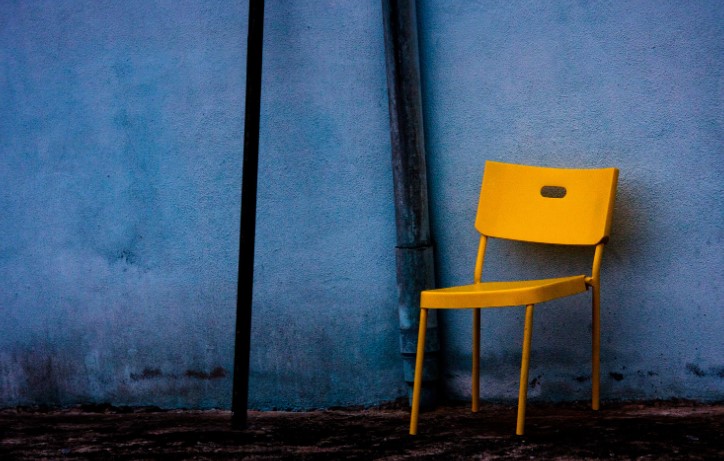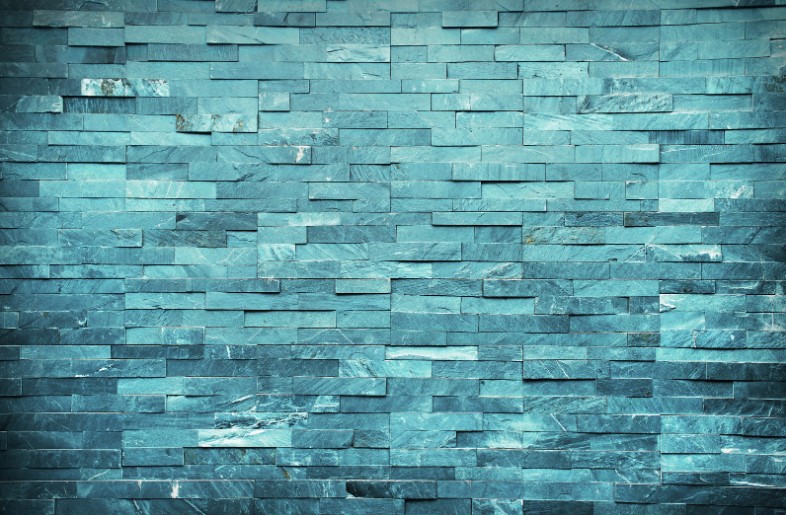Blu Tack is a convenient, reusable adhesive for sticking posters, pictures, notes or hanging paintings on your walls. However, while Blu Tack serves its purpose well, removing it can sometimes leave behind stains, marks, or sticky residue that’s tough to clean.
In this guide, I’ll walk you through the best methods on how to remove Blu Tack from walls without damaging the paint.
Why Does Blu Tack Leave Marks on Walls?
Blu Tack may seem harmless at first, but it can sometimes leave unsightly marks behind. Understanding why this happens can help you avoid further issues.
Composition of Blu Tack
Blu Tack is designed to be tacky, which means it has adhesive properties that can grip surfaces tightly.
Over time, especially if Blu Tack is left on the wall for extended periods, it can harden or bond to the paint, leaving marks when you try to remove it.
Types of Walls Most Prone to Stains
Certain wall types are more susceptible to stains from Blu Tack:
- Matte or flat finishes tend to absorb oils and adhesive residue more easily, which can leave visible marks.
- Satin or semi-gloss walls are less likely to show stains, as they have a smoother surface that is easier to clean.
- Blu Tack tends to adhere more firmly to porous walls, such as those with textured or rough finishes.
How To Remove Blu Tack From Walls Without Damaging Paint?
Here’s a step-by-step guide to safely remove Blu Tack from your walls while preserving your paint.
Step 1: Gently Peel Off the Blu Tack
Start by carefully peeling away the Blu Tack from the wall. You can:
- Use your fingers or a plastic card (like an old credit card) to gently lift the Blu Tack without scraping the wall.
- Avoid using sharp objects like knives, as these can easily damage the paint or leave scratches.
Step 2: Use Warm Soapy Water for Residue
If any sticky residue remains, try this gentle approach:
- Pour small amount of mild dish soap with warm water and mix it well.
- Dampen a soft cloth or sponge in the soapy water, and gently rub the Blu Tack residue in circular motions.
- Be patient—don’t scrub too hard, as this may strip the paint.

Step 3: Apply Vinegar or Citrus Cleaner for Stubborn Stains
For tougher stains or residue, a vinegar or citrus-based cleaner can be very effective:
- Dampen a cloth with vinegar or citrus cleaner.
- Lightly blot the affected area, letting the cleaner sit for a minute or two to dissolve the residue.
- Gently wipe the wall, being cautious not to apply too much pressure, especially on delicate paint finishes.
Step 4: Use an Eraser for Final Cleaning
A simple white eraser (the type used for pencil marks) can help with any remaining residue:
- Rub the eraser gently over the Blu Tack marks.
- Use small circular motions to lift off the last traces of adhesive.
Step 5: Dry and Inspect the Wall
Once you’ve finished cleaning the area:
- Use a dry cloth to pat the wall and remove any moisture.
- Inspect the wall for any leftover residue or stains. If any marks remain, repeat the process with a gentler hand.
Common Mistakes to Avoid When Removing Blu Tack
When removing Blu Tack, it’s easy to accidentally damage your wall if you’re not careful. Here are some mistakes to avoid:
Rubbing Too Hard
Applying too much pressure when rubbing the Blu Tack residue can lead to paint damage, especially on matte or flat finishes. Always use gentle motions and take your time.
Using Harsh Chemicals
Avoid using strong chemicals or cleaning agents like bleach, acetone, or turpentine, as they can discolor or damage the paint. Stick to vinegar, citrus-based cleaners, or mild soap.
Not Testing on a Small Area First
Before applying any cleaning solution to a large area, always test it in a small, hidden section of the wall to make sure it won’t damage the paint or surface.
What If Blu Tack Has Left a Stain?
If Blu Tack has left a noticeable stain on your wall, don’t worry.
Step 1: Use a Baking Soda Paste for Light Stains
For minor stains, a simple baking soda paste can work wonders:
- Mix baking soda with water until it has the consistency of a thick paste.
- Use a sponge or cloth and apply the paste to the stained area.
- Let it stay there for 10-15 minutes, then gently wipe it away with a damp cloth.
Step 2: Use Magic Erasers for Deep Stains
For deeper or more stubborn marks, magic erasers can help:
- Dampen the magic eraser slightly and gently rub the stained area.
- Be sure to test the eraser in a small area first, as it can be abrasive and may strip some types of paint.
Step 3: Repaint the Area for Persistent Stains
If all else fails and the stain is still visible on walls, you may need to do a quick paint touch-up:
- Match the paint color and apply a light coat over the stained area.
- Allow the paint to dry and blend it in with the surrounding wall.

Conclusion
Removing Blu Tack from walls doesn’t have to be a big task to deal. By following these simple on how to remove blu tack from walls, you can safely remove Blu Tack without damaging your paint or leaving behind sticky residue.
Remember to use gentle cleaning methods and avoid harsh chemicals, and you’ll be able to maintain the look of your walls.
Table: Quick Solutions to Remove Blu Tack From Walls
| Method | Tools Needed |
| Peel Blu Tack off gently | Hands or plastic card |
| Warm soapy water for residue | Mild soap, water, cloth |
| Vinegar or citrus cleaner for stains | White vinegar, citrus cleaner |
| Use an eraser for light residue | White eraser |
| Baking soda paste for light stains | Baking soda, water, sponge |
Related Article: How to Paint High Stairwell Without Ladder?
Frequently Asked Questions (FAQs)
1. Can Blu Tack ruin paint on walls?
Yes, Blu Tack can cause damage to paint, especially if left on the wall for a long time. It can leave behind sticky residue or even remove some paint when peeled off improperly.
2. Is it safe to use cleaning products like vinegar or baking soda on walls?
Yes, vinegar and baking soda are safe and effective for removing Blu Tack residue. Just make sure to test them on a small, hidden area of the wall first to avoid damage.
3. Will Blu Tack work better on certain types of walls?
Blu Tack adheres well to most wall types, but satin and semi-gloss finishes are less prone to staining than matte or textured walls, which are more likely to retain marks or residue.


0 Comments